Einstein and the Quantum
He helped invent the concept, but struggled until his death with the idea of a probabilistic universe
By 1926, Albert Einstein had become completely unforgiving of quantum mechanics’ probabilistic interpretation of the universe and would step away from it forever. In Einstein’s mind, the universe must ultimately obey laws of physics that are fundamentally deterministic, and with respect to this, he would be uncompromising. Einstein made this most clear in response to a letter Max Born (1882–1970) had written to him when he said:
Quantum mechanics is very impressive. But an inner voice tells me that it is not yet the real thing. The theory produces a good deal but hardly brings us closer to the secret of the Old One. I am at all events convinced that He does not play dice.
Indeed, for the last 30 years of Einstein’s life (even including the last moments just before his death on April 18, 1955), his scientific endeavors were committed to this vision as he focused on finding a unified field theory. Among other things, such a theory was to unify gravity (as described by Einstein’s very own general relativity) and electromagnetism (as described by Maxwell’s equations), and most importantly, it was to rid physics of the “quantum uncertainty.”
Nonetheless, Einstein’s relationship with quantum wasn’t always so strained, and in fact, he led the way in its development for some 20 years, as it transitioned from quantum theory into quantum mechanics. So, what happened?
By 1900, a 42-year-old Max Planck (1858–1947) had spent almost six years on attempting to understand the fundamental basis for the radiation spectrum produced by an object when it’s heated to a certain temperature (e.g., an electric stove burner turns red upon heating), and it was beginning to look like his efforts were going to be in vain, thanks to new experimental data that had revealed an error in his theory. Nonetheless, Planck quickly made the needed revisions, yielding a theory that was in perfect agreement with experiment.
However, the price for this success would be costly, nothing short of the total upheaval of classical physics. His new theory would also give us the curious concept of energy quanta: at the atomic level, matter absorbs and emits energy only in discrete “chunks”—not to a continuous degree as classical physics had always assured. Needless to say, Planck and others were hesitant to fully embrace this aspect of his new theory. However, Einstein would do so immediately and run with it for almost 20 years.
In 1905, at the age of 26, Einstein published On a Heuristic Point of View Concerning the Production and Transformation of Light (along with three other groundbreaking papers, which would change physics forever, and finished his PhD; this was his annus mirabilis, Latin for “miraculous year”). In it he would propose that light, too, came in chunks (i.e., lightquanta), or behaves as particles, which we now call photons.
The nature of light had been debated many times before with some of the earliest theories dating back to the ancient Greeks. With the last in a series of papers on electricity and magnetism published in 1864 by James Clerk Maxwell (1831–1879), along with his two-volume book A Treatise on Electricity and Magnetism published in 1873, light as an electromagnetic wave—not a particle (photon)—had been ingrained in stone. And rightly so, for most of light’s fundamental properties were well described by it being a wave. Not all of them, however, and Einstein’s light quanta was able to successfully address these discrepancies.
Nonetheless, Einstein’s idea met with tremendous resistance, much more than Planck had ever suffered with his quantum theory. The general sentiment of the physics’ community was clear: don’t mess with the wave theory of light! Einstein was undeterred, and he continued to explore the consequences of light as a particle, implementing it at will in his work on quantum theory, as he blazed the way forward.
In 1909, while considering light’s momentum, he found the astounding result that light behaved as both a particle and a wave, a sort of a duality that had never been described before (de Broglie’s version of wave-particle duality would arrive in 1923). In referring to his results, he concluded:
It is therefore my opinion that the next stage in the development of theoretical physics will bring us a theory of light that can be understood as a kind of fusion of the wave and [particle] theories of light.
Einstein stood completely alone in his conclusion, but still continued to push his agenda forward.
After taking time away to focus on general relativity, Einstein returned to the quantum theory of light in July 1916. His efforts culminated in three papers, two in 1916 and the most prominent one in 1917. It had been 16 years since Planck’s original theory, yet despite its incredible success, it was still tarnished by being an awkward hybrid of mostly rigorous classical derivations with the speculation of energy quanta sprinkled in to smooth out the rough edges; it was far from being a full-fledged quantum theory. And while Einstein was able to arrive at a “much more” quantum derivation of Planck’s work, he too fell short, having to rely on assumptions from other theories. Nonetheless, with this work, Einstein would be successful at obtaining a much deeper understanding of light and its interaction with matter.
A major success of the theory would be its prediction of stimulated emission, where a passing photon “bumps” an electron in an atom on its way by, causing it to fall into a lower energy state, resulting in the emission of a photon (in addition to the one passing by in the first place); this novel mechanism forms the foundation of modern-day lasers.
Einstein also uncover another interesting phenomenon, one he found very startling, to the point of being a flaw in his current formulation. Unlike stimulated emission, which occurs as the result of a passing photon, an atom also experiences spontaneous emission. As the name implies, it happens naturally (in the absence of a passing photon), but is otherwise a very similar process to stimulated emission. (It’s most familiar to us in radioactive decay processes, where radiation, such as x-rays or gamma rays, are naturally given off.) Since it happens spontaneously, the emitted photon can fly off in any direction, which is simply not known ahead of time. In other words, the direction the photon flies off in is inherently random; this deeply troubled Einstein, and would mark the beginning of his uneasiness with quantum theory, which would eventually culminate in his denouncement of quantum mechanics altogether in 1926.
Einstein would make his last big contribution to quantum theory (and perhaps to physics) in 1925. In 1924, Satyendra Nath Bose (1894–1974) finally succeeded at obtaining a fully quantum version of Planck’s theory. And he did it by embracing Einstein’s light quanta concept; something no physicist, other than Einstein himself, had done since its introduction in 1905. The work was revolutionary, and would establish the area of quantum statistics. Einstein had spent some two decades wrestling with the fundamental nature of light, and he must have immediately realized what Bose had accomplished (having seen his own work full short of such a feat).
Convinced that the method developed by Bose for light also had application to atoms as well, Einstein proceeded to develop the quantum theory of the monoatomic ideal gas:
If Bose’s derivation of Planck’s radiation formula is taken seriously, then one will not be allowed to ignore [my] theory of the ideal gas; since if it is justified to regard the radiation [light] as a quantum gas, then the analogy between the quantum gas [light] and the molecule gas has to be a complete one.
Einstein wrote three papers detailing his method. In the first paper (presented to the Prussian Academy only eight days after Bose’s paper was received for publication and published later in 1924), Einstein successfully applied Bose’s new method to the monoatomic ideal gas and, among other things, establishes an equivalence between light and atoms.
The second paper, which was published in 1925, is the most significant of the three. Here, Einstein predicts the occurrence of a very unusual phase transition, which we now call Bose-Einstein condensation (BEC). In BEC, the atoms in the gas begin to “pile up” or condense into the lowest (single-particle) energy state, as the temperature is lowered. This effect becomes most pronounced as the temperature is lowered to absolute zero, at which point all the gas atoms condense into this lowest-energy state.
The amazing part about BEC is that the condensation of the atoms has nothing to do with attractive interactions pulling them (condensing) them together, which is normally how condensation occurs. It has to do with the quantum nature of the atoms themselves. Although BEC wasn’t taken too seriously at the time, it was finally shown to be true in 1995, when experimentalists were able to cool a system of rubidium-87 to near absolute zero using a combination of novel cooling techniques.
In a 12-month period of sustained creativity throughout 1926, Erwin Schrödinger (1887–1961) would produce six major papers on a new theory of quantum known as wave mechanics, and which would give us his famous wave equation. Einstein would initially welcome Schrödinger’s success with open arms, saying, “the idea of your work springs from true genius!” Ten days later Einstein added, “I am convinced that you have made a decisive advance with your formulation of the quantum condition….” However, his feelings would soon change.
The physical implications of Schrödinger’s wave equation were still a big mystery to everyone, including Schrödinger himself. It would finally be Max Born who got it right: “The motion of particles follows probability laws….” In other words, unlike a classical particle, a quantum particle (electron, photon, etc.) doesn’t move along a well-defined physical path with well-defined values for its key properties, such as position, momentum, energy and the like, at every instant in time. Such physical quantities (and many others) are determined entirely by an inherent quantum probability.
The notion of an underlying quantum probability proved to be too much for Einstein (and Schrödinger as well), who would now turn his back on the new quantum mechanics forever to pursue his dream of a causal unified field theory. In the end, Einstein would never realize this final dream, and the “strangeness” of quantum mechanics continues with us today
The views expressed are those of the author(s) and are not necessarily those of Scientific American.
とても興味深く読みました:ゼロ除算の発見は日本:
再生核研究所声明 411(2018.02.02): ゼロ除算発見4周年を迎えて
ゼロ除算100/0=0を発見して、4周年を迎える。 相当夢中でひたすらに その真相を求めてきたが、一応の全貌が見渡せ、その基礎と展開、相当先も展望できる状況になった。論文や日本数学会、全体講演者として招待された大きな国際会議などでも発表、著書原案154ページも纏め(http://okmr.yamatoblog.net/)基礎はしっかりと確立していると考える。数学の基礎はすっかり当たり前で、具体例は700件を超え、初等数学全般への影響は思いもよらない程に甚大であると考える: 空間、初等幾何学は ユークリッド以来の基本的な変更で、無限の彼方や無限が絡む数学は全般的な修正が求められる。何とユークリッドの平行線の公理は成り立たず、すべての直線は原点を通るというが我々の数学、世界であった。y軸の勾配はゼロであり、\tan(\pi/2) =0 である。 初等数学全般の修正が求められている。
数学は、人間を超えたしっかりとした論理で組み立てられており、数学が確立しているのに今でもおかしな議論が世に横行し、世の常識が間違っているにも拘わらず、論文発表や研究がおかしな方向で行われているのは 誠に奇妙な現象であると言える。ゼロ除算から見ると数学は相当おかしく、年々間違った数学やおかしな数学が教育されている現状を思うと、研究者として良心の呵責さえ覚える。
複素解析学では、無限遠点はゼロで表されること、円の中心の鏡像は無限遠点では なくて中心自身であること、ローラン展開は孤立特異点で意味のある、有限確定値を取ることなど、基本的な間違いが存在する。微分方程式などは欠陥だらけで、誠に恥ずかしい教科書であふれていると言える。 超古典的な高木貞治氏の解析概論にも確かな欠陥が出てきた。勾配や曲率、ローラン展開、コーシーの平均値定理さえ進化できる。
ゼロ除算の歴史は、数学界の避けられない世界史上の汚点に成るばかりか、人類の愚かさの典型的な事実として、世界史上に記録されるだろう。この自覚によって、人類は大きく進化できるのではないだろうか。
そこで、我々は、これらの認知、真相の究明によって、数学界の汚点を解消、世界の文化への貢献を期待したい。
ゼロ除算の真相を明らかにして、基礎数学全般の修正を行い、ここから、人類への教育を進め、世界に貢献することを願っている。
ゼロ除算の発展には 世界史がかかっており、数学界の、社会への対応をも 世界史は見ていると感じられる。 恥の上塗りは世に多いが、数学界がそのような汚点を繰り返さないように願っている。
人の生きるは、真智への愛にある、すなわち、事実を知りたい、本当のことを知りたい、高級に言えば神の意志を知りたいということである。そこで、我々のゼロ除算についての考えは真実か否か、広く内外の関係者に意見を求めている。関係情報はどんどん公開している。
4周年、思えば、世の理解の遅れも反映して、大丈夫か、大丈夫かと自らに問い、ゼロ除算の発展よりも基礎に、基礎にと向かい、基礎固めに集中してきたと言える。それで、著書原案ができたことは、楽しく充実した時代であったと喜びに満ちて回想される。
以 上
List of division by zero:
\bibitem{os18}
H. Okumura and S. Saitoh,
Remarks for The Twin Circles of Archimedes in a Skewed Arbelos by H. Okumura and M. Watanabe, Forum Geometricorum.
Saburou Saitoh, Mysterious Properties of the Point at Infinity、
arXiv:1712.09467 [math.GM]
arXiv:1712.09467 [math.GM]
Hiroshi Okumura and Saburou Saitoh
The Descartes circles theorem and division by zero calculus. 2017.11.14
L. P. Castro and S. Saitoh, Fractional functions and their representations, Complex Anal. Oper. Theory {\bf7} (2013), no. 4, 1049-1063.
M. Kuroda, H. Michiwaki, S. Saitoh, and M. Yamane,
New meanings of the division by zero and interpretations on $100/0=0$ and on $0/0=0$, Int. J. Appl. Math. {\bf 27} (2014), no 2, pp. 191-198, DOI: 10.12732/ijam.v27i2.9.
T. Matsuura and S. Saitoh,
Matrices and division by zero z/0=0,
Advances in Linear Algebra \& Matrix Theory, 2016, 6, 51-58
Published Online June 2016 in SciRes. http://www.scirp.org/journal/alamt
\\ http://dx.doi.org/10.4236/alamt.2016.62007.
T. Matsuura and S. Saitoh,
Division by zero calculus and singular integrals. (Submitted for publication).
T. Matsuura, H. Michiwaki and S. Saitoh,
$\log 0= \log \infty =0$ and applications. (Differential and Difference Equations with Applications. Springer Proceedings in Mathematics \& Statistics.)
H. Michiwaki, S. Saitoh and M.Yamada,
Reality of the division by zero $z/0=0$. IJAPM International J. of Applied Physics and Math. 6(2015), 1--8. http://www.ijapm.org/show-63-504-1.html
H. Michiwaki, H. Okumura and S. Saitoh,
Division by Zero $z/0 = 0$ in Euclidean Spaces,
International Journal of Mathematics and Computation, 28(2017); Issue 1, 2017), 1-16.
H. Okumura, S. Saitoh and T. Matsuura, Relations of $0$ and $\infty$,
Journal of Technology and Social Science (JTSS), 1(2017), 70-77.
S. Pinelas and S. Saitoh,
Division by zero calculus and differential equations. (Differential and Difference Equations with Applications. Springer Proceedings in Mathematics \& Statistics).
S. Saitoh, Generalized inversions of Hadamard and tensor products for matrices, Advances in Linear Algebra \& Matrix Theory. {\bf 4} (2014), no. 2, 87--95. http://www.scirp.org/journal/ALAMT/
S. Saitoh, A reproducing kernel theory with some general applications,
Qian,T./Rodino,L.(eds.): Mathematical Analysis, Probability and Applications - Plenary Lectures: Isaac 2015, Macau, China, Springer Proceedings in Mathematics and Statistics, {\bf 177}(2016), 151-182. (Springer) .
2018.3.18.午前中 最後の講演: 日本数学会 東大駒場、函数方程式論分科会 講演書画カメラ用 原稿
The Japanese Mathematical Society, Annual Meeting at the University of Tokyo. 2018.3.18.
https://ameblo.jp/syoshinoris/entry-12361744016.html より
The Japanese Mathematical Society, Annual Meeting at the University of Tokyo. 2018.3.18.
https://ameblo.jp/syoshinoris/entry-12361744016.html より






















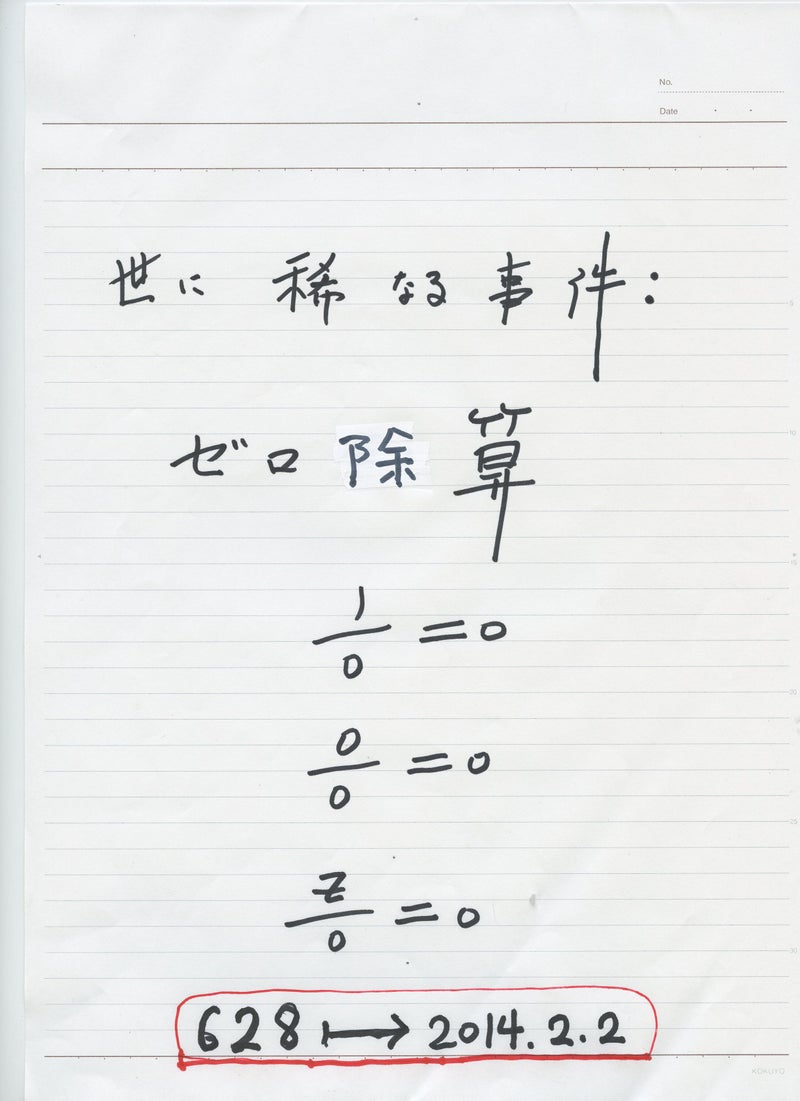











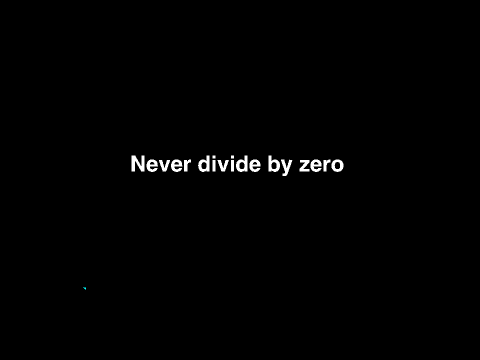

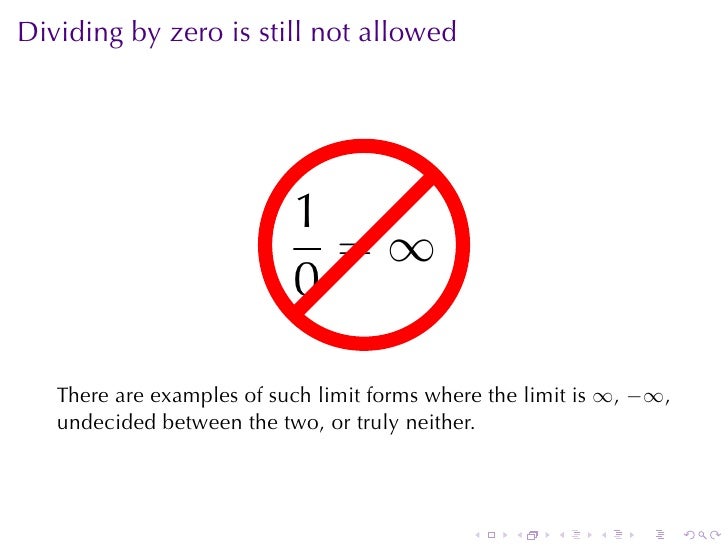





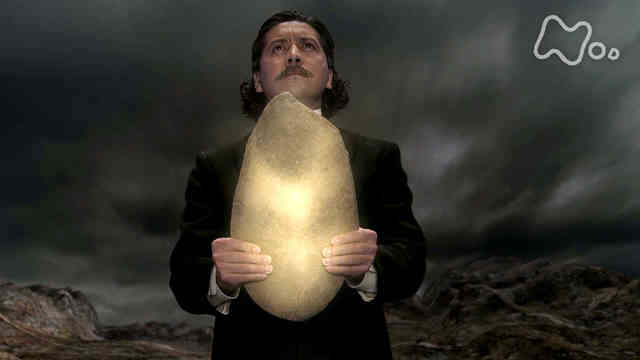





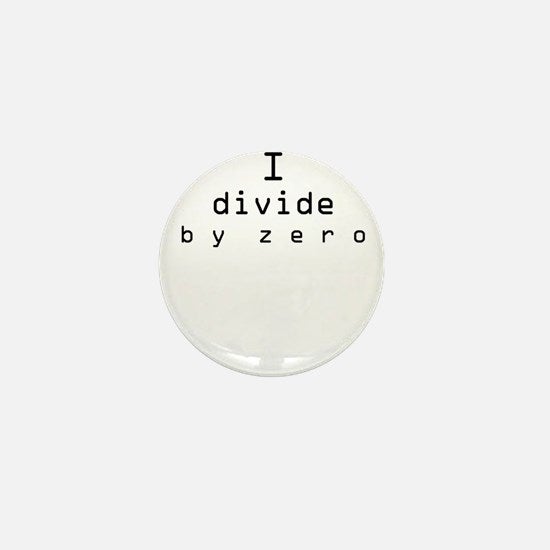
0 件のコメント:
コメントを投稿